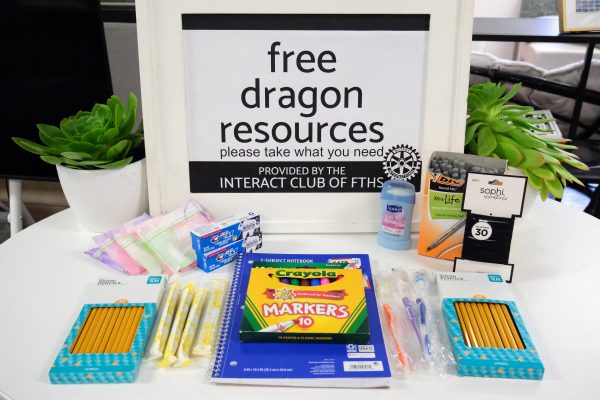The age of distance learning: The ever debatable Canvas
With the evolution of the distance learning from Edgenuity to Canvas, there came a new set of perks and challenges for all grade levels, from teacher responsiveness to Zoom fatigue. Each of these new aspects added on another layer to learning for students to come to terms with, whether they liked it or not.
December 11, 2020
For high school students, junior year can be a strenuous time to say the least, pandemic or not. It’s the first year they become upperclassmen and for some, the first shot at rigorous Advanced Placement (AP) courses. At the beginning of quarantine, Foothill Technolgy High School (Foothill Tech) students were grappling with the idea of Edgenuity; how could they even begin to imagine that they‘d be faced with the online distance learning platform, Canvas, during the 2020-21 school year? For the past few months, Austin Girardot ‘22 has grown comfortable with the new distance learning model, Canvas assignments coupled with live Zoom classes.
As many students will agree, Girardot emphatically believes that Canvas is a better platform than Edgenuity. This love of Canvas stems from the phone app that can be downloaded to easily access assignments and view due dates. He describes the app as the new physical planner, which is something that some students used when they were participating in in-person classes. “I think it’s good because it organizes it for you and tells you exactly when it’s due, so there’s no excuses,” Girardot explained.
Some students have been faced with having to scroll all the way to the bottom of their teacher’s Canvas pages to search for the correct assignment. Girardot says, “It depends on the teacher because every Canvas is set up differently.”
“I think it’s better than Edgenuity for sure. It’s [Canvas] the best that they could do,” Girardot said.
For the time being, the days when students could show up to class the next day and turn in a physical copy of an assignment are gone. At the beginning of the year, plagued with having to use a school Chromebook, turning in photos of assignments was difficult for Girardot. “Before I used my phone, it wasn’t fine. I was using the school Chromebook and I couldn’t upload pictures because of the restrictions they had,” Girardot described. Now, with the use of the phone app, he’s learned to comfortably navigate and turn in his assignments.
With the end of quarter one, it is reasonable to believe that both students and teachers have been experiencing Zoom and Canvas fatigue. Here, viewpoints vary: some teachers are comfortable with creating an online class while some are less tech-savvy than others. Although he’s had very positive experiences with Canvas, Girardot says that sometimes the navigation can be a big waste of in-class time especially when live Zoom classes are only an hour long. “It’s a good thing for the situation. Since it’s online learning and we obviously can’t be in school, mostly everyone wants to be in school. I think Canvas is the best that we can do despite how many people say they hate it or they don’t like it.” Girardot said.
He believes that Canvas has been a beneficial platform for the situation that students and teachers have been faced with. Girardot enjoys the freedom and free-time that he now has throughout his day. The time that had been originally used as more in-class time or homework has now become time for developing hobbies. He’s been able to find more time for reading, sleeping, exercising and healthy eating.
For the time being, Canvas is here to stay. Despite Girardot’s positive experience with Canvas, some Foothill Tech students could say otherwise about this distance learning platform. Many high school students now can’t go a day without checking or spending their time on the platform. How do the teachers feel about this change in how the curriculum is taught? Stay tuned for the next article from the distance learning series!
































